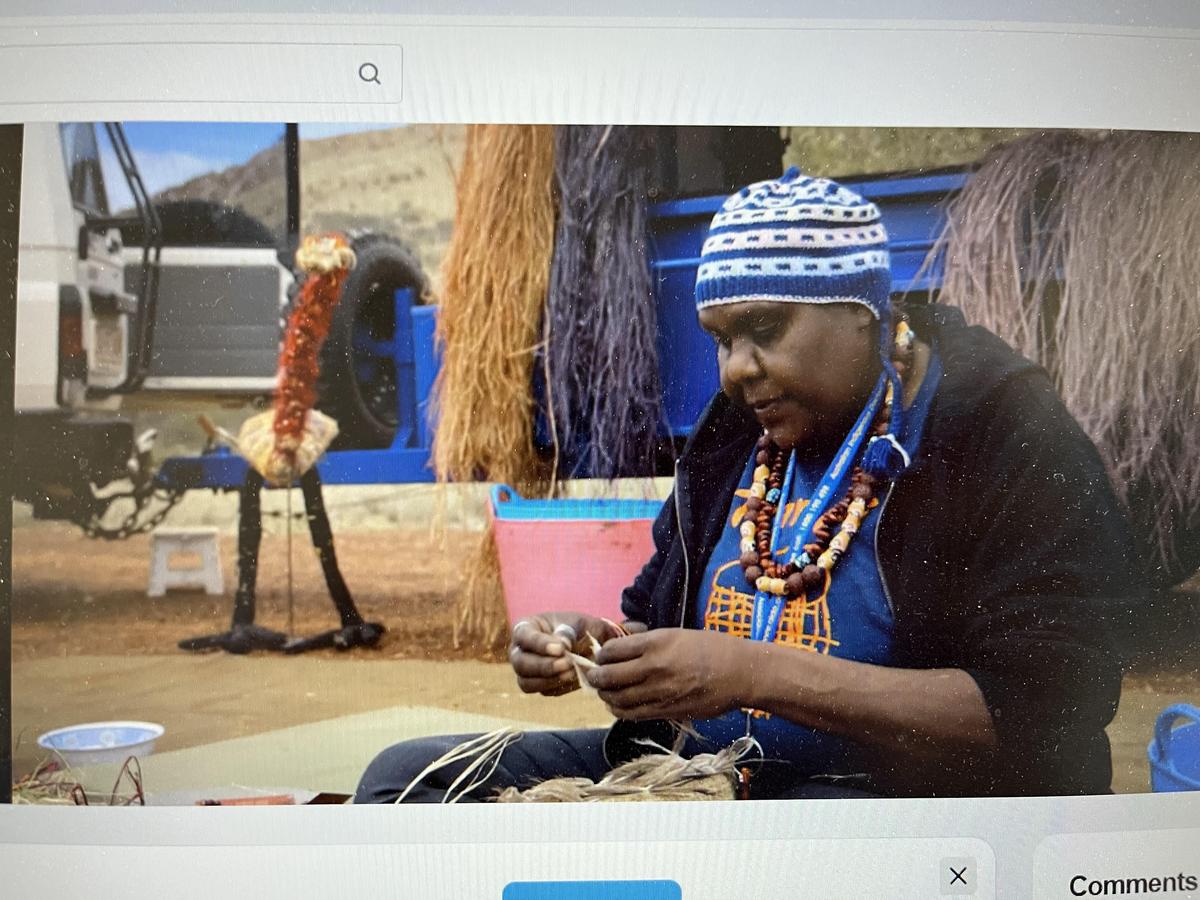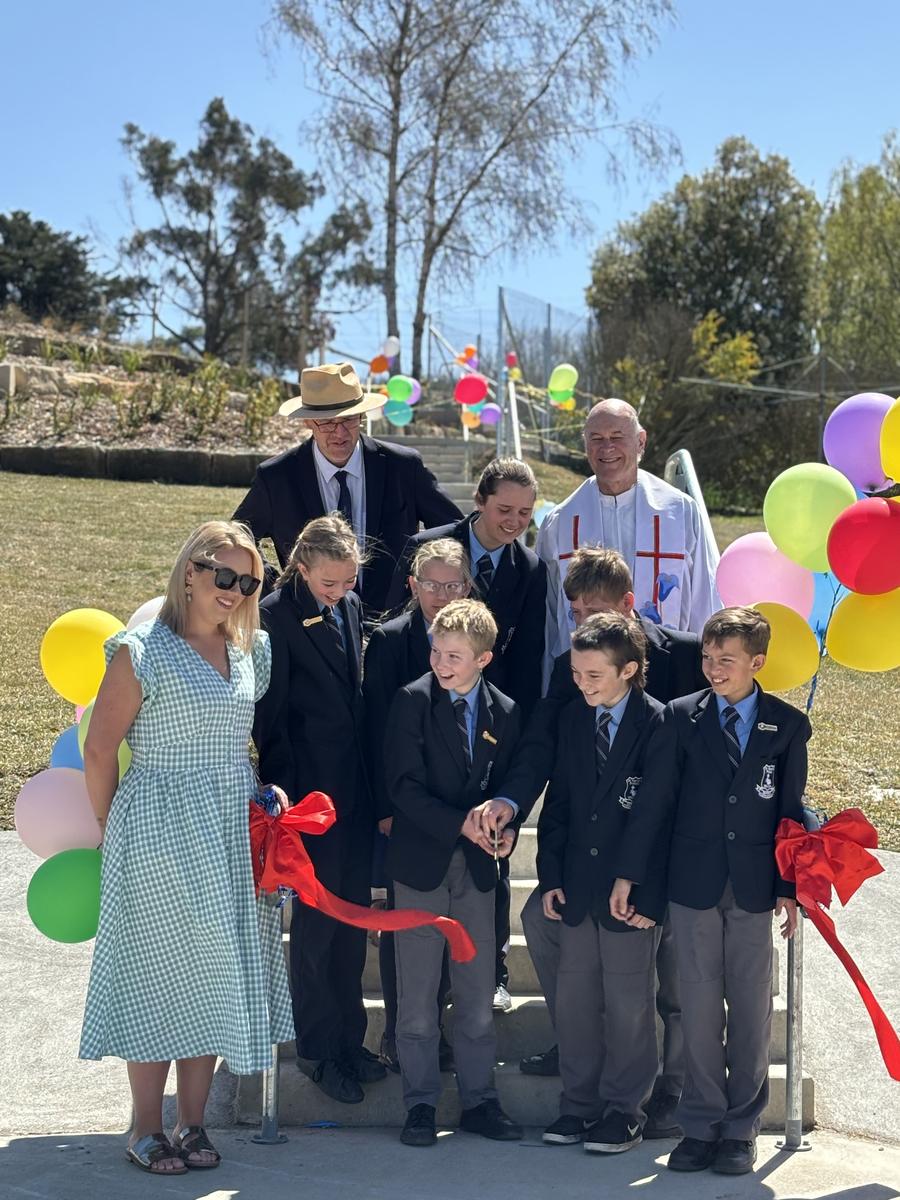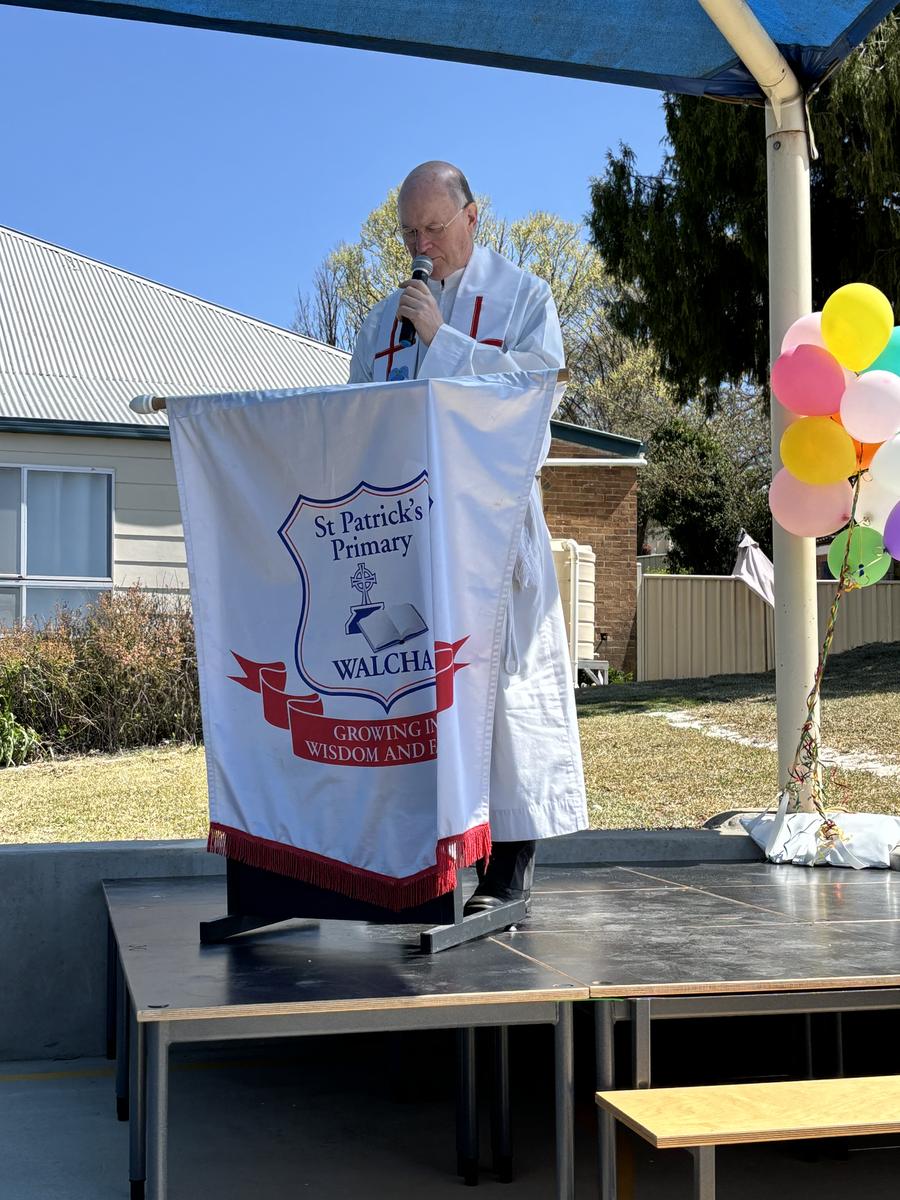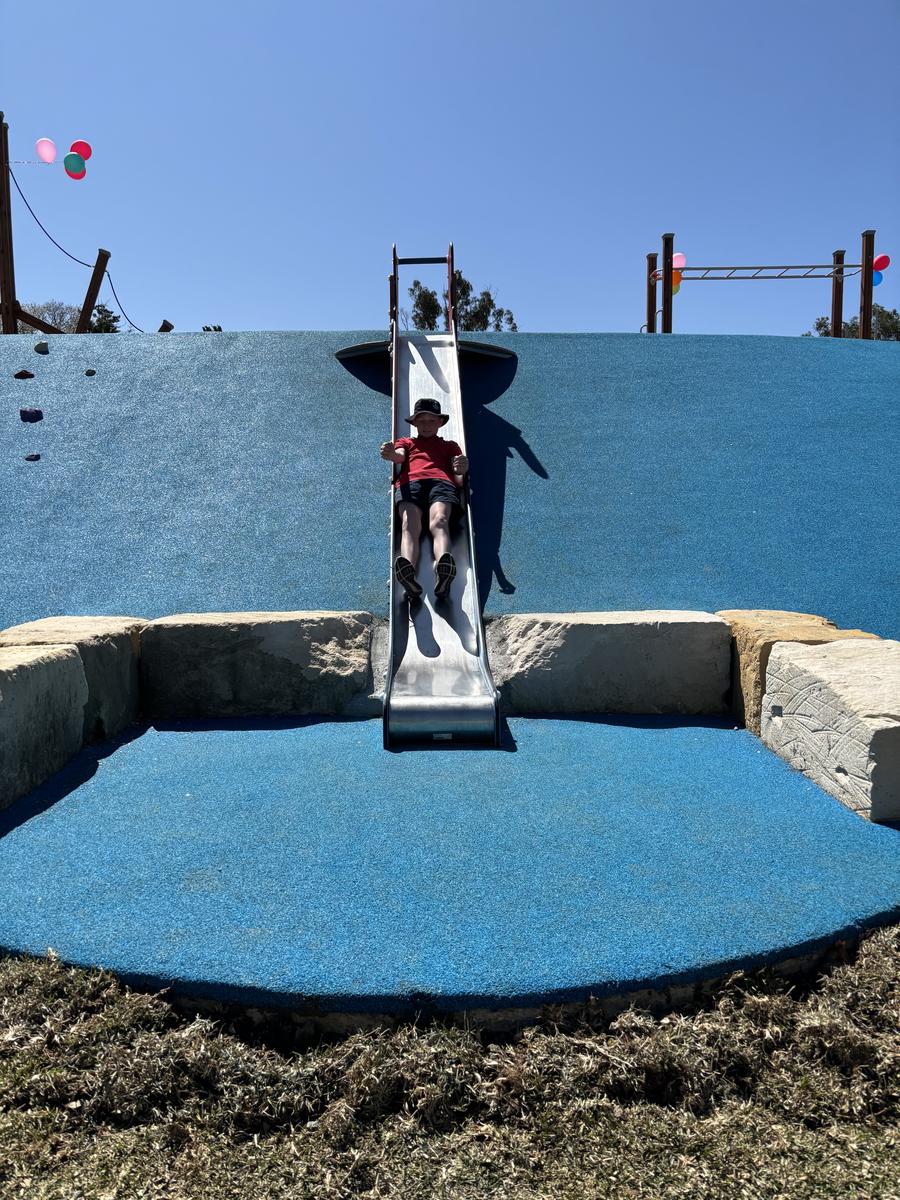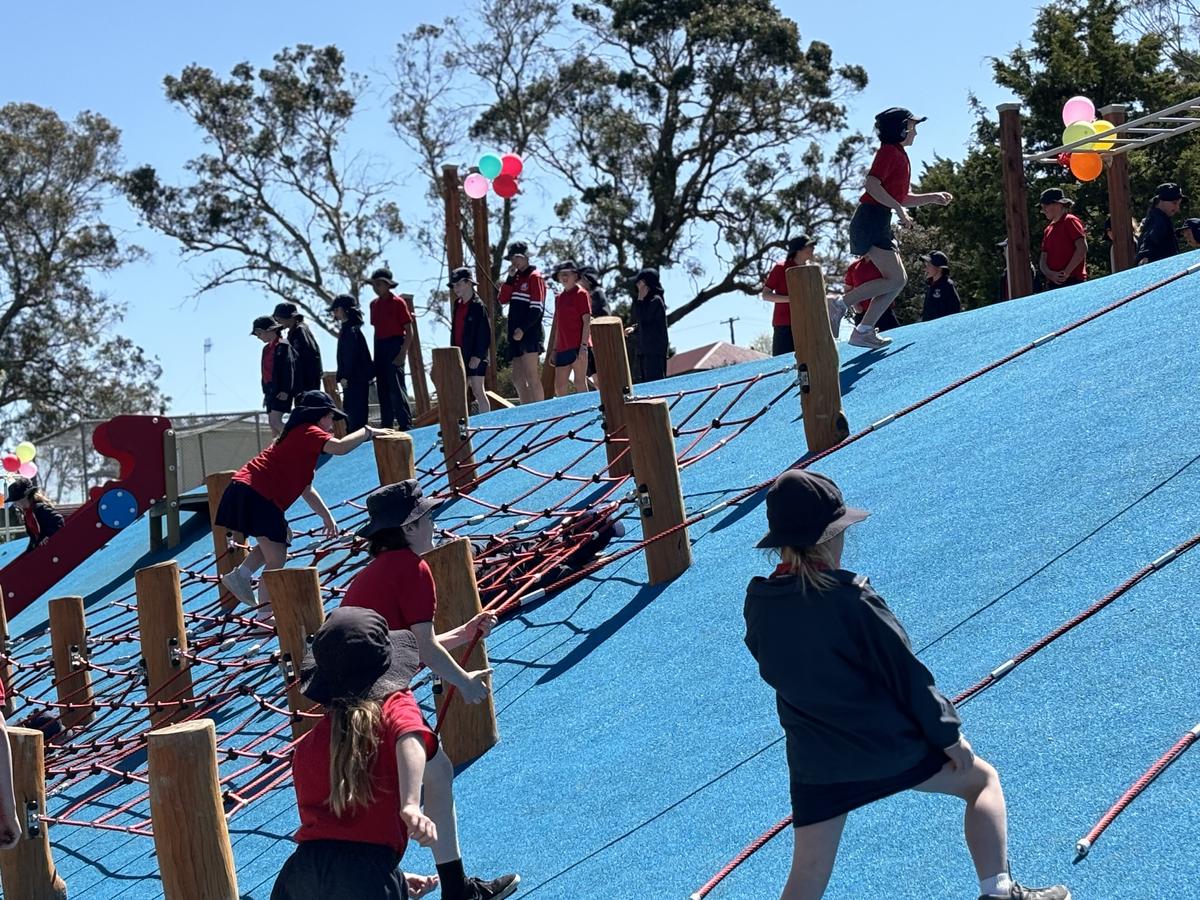Classroom Gallery

What’s happening in 5/6?
Creative Arts
In Art this term, we have been experimenting with different media for expressive purposes. We watched a clip about the Tjanpi Desert Weavers and discussed how they use different mediums to create art and express their culture. Students then chose an Australian animal for their own sculpture. Using scrunched up newspaper, students sculpted the body, head and limbs and taped in place using tape and toothpicks to secure. Students used coloured wool and then embellished their sculptures with googly eyes.
Please see pictures of us making our sculptures.
Background: CENTRAL DESERT FIBRE
Woven sculpture and baskets by Tjanpi Desert Weavers are made from desert grass (tjanpi), wool, raffia and found objects. The artists collect the materials and make the work in their traditional homelands. The weavings reflect the culture, environment and activities of Ngaanyatjarra, Pitjantjatjara and Yankunytjatjara women in Central Australia. Tjanpi (grass) began as a series of basket-weaving workshops held in 1995. Today women across 18 central desert communities make a spectacular array of quirky and animated sculptural forms as well as magnificent baskets from locally collected grasses. Working with fibre in this way is a fundamental and vital part of contemporary desert culture.
English - Information Reports ‘Convict Settlement in Australia’
In English, students have been writing information reports based on their research and note taking during our work in the study of the novel Tom Appleby, Convict Boy. As you can see from our co-constructed success criteria, there was a lot of work involved in the writing of these reports.
Please see an example of work here from a budding author and historian, Grace Curtis (Year 6).
Maths - Angles
Tips for parents:
Use Everyday Examples: Incorporate angles into everyday situations. For example, discuss the angles formed by the hands of a clock, the corners of a book, or the intersection of roads.
Visual Aids: Utilize visual aids such as pictures, diagrams, and physical objects to help children visualize angles. You can use drawing tools like protractors to show different types of angles.
Real-world Applications: Connect angles to real-world applications. Discuss how angles are used in construction, design, and other fields. This can help children see the relevance of angles in everyday life.
Body Movements: Encourage children to use their bodies to create angles. For instance, they can form acute angles with their arms or demonstrate a right angle with their legs. This hands-on approach can enhance understanding.
Comparisons: Teach children to compare angles. Discuss terms like acute (smaller than 90 degrees), right angle (exactly 90 degrees), and obtuse (greater than 90 degrees, but less than 180 degrees). Help them identify these angles in various contexts.







